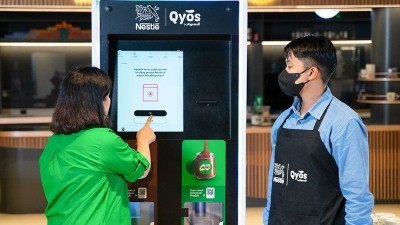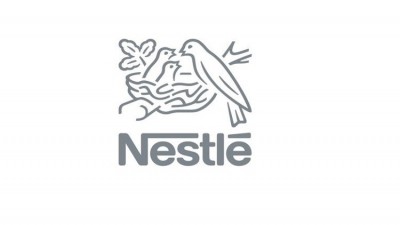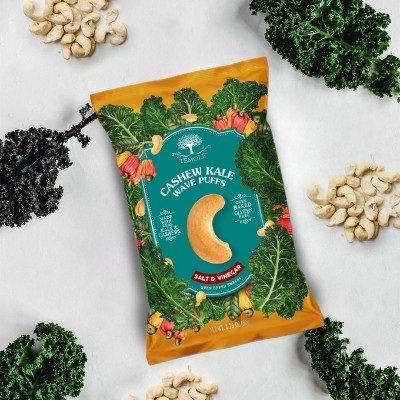Standing strong: Nestle’s affordable products strategy boosts emerging market growth

Nestle published its FY2022 full year financial results on February 16, announcing total year-on-year organic sales growth of 8.3% to CHF94.4bn (US$136.5bn) and a 16% increase in operating profit to CHF16.1bn (US$23.3bn), though profit margins were reported to have dropped by 30 basis points (0.3%) to 17.1% overall.
That said, Nestle CEO Mark Schneider expressed overall satisfaction with the company’s 2022 performance especially given the challenging global environment.
“Last year brought many challenges and tough choices for families, communities and businesses. Inflation surged to unprecedented levels, cost of living pressures intensified, and the effects of geopolitical tensions were felt around the world,” Schneider told the press via a virtual press conference announcing the FY2022 financial results.
“The entire Nestlé team demonstrated dependability as we navigated this difficult environment [resulting in] solid organic growth was solid [and] resilient margins [whilst] ensuring access to nutritious products and affordable offerings.
“We wanted to highlight that the emerging markets in which we do business performed particularly strongly, showing 10% in organic growth which was even stronger in comparison to the developed markets where organic growth was 7.1%.
“This was supplemented by our strategy to grow affordable offerings, which has helped us to be very resilient in a very turbulent year.”
Nestle’s emerging markets make up 42% of its business (the remaining 58% being developed markets), further demonstrating the strength of this segment. Many of these emerging markets are located in the Asian region, from large countries like India to many smaller but fast-growing markets in South East Asia such as Vietnam.
“We have seen that consumers in these markets respond extremely well to product innovation, so this has become an important priority for us here,” Nestle CFO Francois-Xavier Roger told FoodNavigator-Asia in response to a query at the conference.
“Having a good mix of products has been crucial here, as this has been even more significant than the sales volumes, and there is also high demand for affordable products and pricing so that these are accessible to consumers.
“The high demand for these and our strong product mix [including many affordable product ranges] have helped us with staying very resilient even amidst the economic uncertainties.”
Offering further transparency
Nestle has also hinted that later this year it will be providing additional product information under its Good For You strategy that will empower consumers to make informed decisions regarding the foods they are purchasing.
“We will be introducing the application of the Health Star Rating (HSR) system to all products in our global portfolio in order to provide more transparency to consumers,” Schneider said.
“There will be 14 major markets where we will also do the same for the national portfolios, though these will naturally follow local rating systems.”
Although Schneider remained coy on revealing the actual markets set for this initiative to be rolled out at this stage, he also highlighted to FoodNavigator-Asia that a number of APAC markets will be included in the initial 14 markets.
“We have chosen to use the HSR system for this project as it is a well-understood and respected system that is also used,” he told us.
“It is used by the Access to Nutrition Index, so we felt it is a good way to provide consumers with the added information and clarity they need [when making purchasing decisions].”
The HSR rating system was initially developed in Australia and New Zealand and is a voluntary system that has long been the subject of intense debate as to whether it should be made mandatory.
It is however still widely considered by respected organisations such as the Access to Nutrition Initiative (ATNI) to be applicable for any market to determine ‘how healthy each product is’.






















